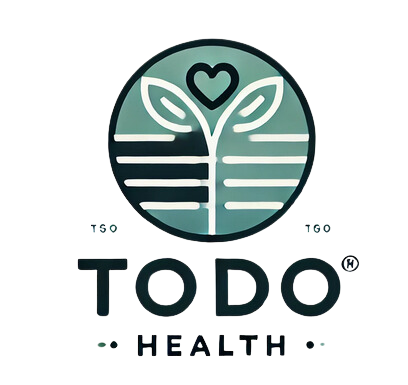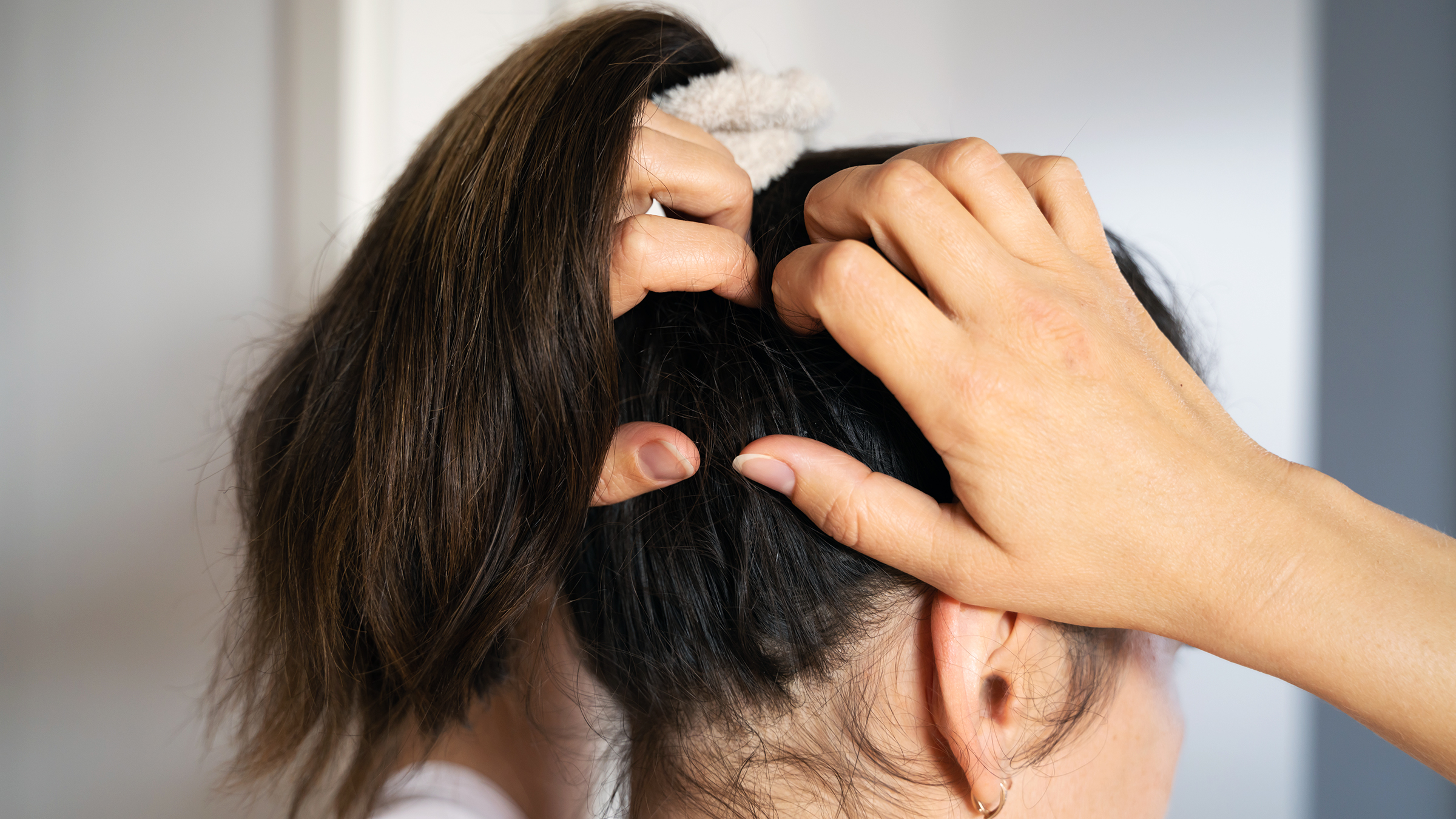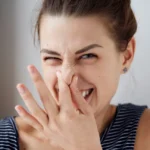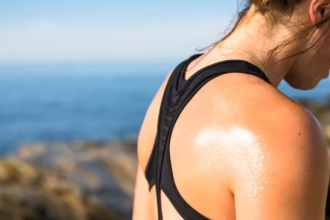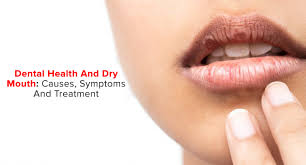You’re scratching your head all day, feeling that constant itch and irritation, but when you check in the mirror—there’s no dandruff. No flakes, no visible dryness, and yet your scalp still feels itchy and uncomfortable. If this sounds familiar, you’re not imagining it. An itchy scalp without dandruff is surprisingly common, and it’s often misunderstood. Most people associate scalp itching with visible flakes, but there are many reasons your scalp can itch even when dandruff isn’t the issue.
For readers in the USA and UK dealing with this concern, it’s important to look beyond dandruff and dig into other possible triggers. Your scalp is skin too, and just like the skin on your face or body, it can react to different environmental factors, internal imbalances, or even your hair care routine. Let’s explore what might really be going on when you have an itchy scalp without dandruff—and what you can do to finally find relief.
1. Scalp Sensitivity or Allergic Reaction
One of the most common causes of scalp itching without dandruff is a reaction to hair products. Shampoos, conditioners, styling gels, dyes, and even dry shampoos often contain chemicals or fragrances that can irritate the scalp. This condition is known as contact dermatitis, and it can show up as redness, itching, or a burning sensation—even when there are no visible flakes.
What to do: Switch to hypoallergenic or fragrance-free hair products. Look for terms like “sensitive scalp” or “dermatologist-tested” on the label. If you’ve recently changed a product and the itching began around the same time, stop using it and see if the symptoms improve.
2. Product Buildup and Poor Scalp Hygiene
Even if you wash your hair regularly, certain products can build up over time, clogging pores and irritating the scalp. This is especially true for heavy conditioners, serums, sprays, or products with silicone. Overwashing or under-washing can both cause imbalance, making the scalp itchy and uncomfortable without causing visible dandruff.
What to do: Use a clarifying shampoo once every 1–2 weeks to remove buildup. Avoid using too many leave-in products near the scalp. When washing your hair, massage your scalp thoroughly to cleanse and boost circulation.
3. Dry Scalp Without Flakes
It’s possible to have a dry, itchy scalp without dandruff flakes. Dryness can be caused by cold weather, indoor heating, hot showers, harsh shampoos, or not drinking enough water. A dry scalp may feel tight, irritated, or itchy even if it looks completely normal.
What to do: Avoid washing your hair with hot water. Use a gentle, moisturizing shampoo and follow up with a scalp-friendly oil like argan, coconut, or jojoba oil. Apply it to your scalp once or twice a week and massage it in gently.
4. Scalp Psoriasis
Scalp psoriasis is an autoimmune condition that causes red, inflamed patches on the scalp, which may or may not be accompanied by flaking. In its early stages, it may just present as itching or discomfort. Unlike dandruff, psoriasis can cause silvery scales or thick patches, but these may not always be visible depending on your hair type and severity of the condition.
What to do: If your scalp feels itchy and inflamed and you’ve ruled out product reactions or dryness, it’s worth seeing a dermatologist. Psoriasis often needs medicated treatments like coal tar shampoos, salicylic acid, or prescription topical steroids.
5. Seborrheic Dermatitis Without Flakes
In some cases, seborrheic dermatitis can cause itching before flaking begins. This condition affects the oil-producing areas of the scalp and can cause redness, itching, and irritation. It’s more likely in people with oily scalps, hormonal imbalances, or high stress levels.
What to do: Try a shampoo with zinc pyrithione, ketoconazole, or selenium sulfide. These ingredients help reduce inflammation and yeast growth, which are often part of seborrheic dermatitis. Manage stress, as flare-ups often worsen during emotional or physical stress.
6. Scalp Folliculitis
Folliculitis is the inflammation of hair follicles and can cause an itchy, prickly, or painful sensation on the scalp. It may be caused by bacteria, yeast, or clogged pores. You may not see visible bumps at first, but the itch can feel persistent and uncomfortable.
What to do: Keep your scalp clean and avoid tight hairstyles that irritate the scalp. Use an antimicrobial or tea tree oil shampoo to reduce inflammation. If symptoms persist or worsen, consult a doctor for a topical antibiotic or antifungal treatment.
7. Stress and Anxiety
Itchy scalp without visible cause can sometimes be linked to stress or anxiety. The nervous system plays a role in how we perceive itching. Chronic stress can heighten this sensation or even trigger phantom itching—where the scalp feels itchy without a physical cause.
What to do: If your scalp itch seems worse during periods of stress or emotional exhaustion, add relaxation techniques like meditation, breathing exercises, or yoga into your daily routine. Consider reducing caffeine and improving sleep hygiene.
8. Hormonal Changes
Hormonal fluctuations due to pregnancy, menopause, thyroid issues, or birth control changes can affect oil production and skin sensitivity. This can result in a dry, itchy scalp or an overly oily scalp with irritation—sometimes with no visible signs like dandruff.
What to do: Maintain a consistent hair care routine tailored to your scalp type. If you suspect hormones are playing a role, speak with a healthcare provider to rule out thyroid dysfunction or other hormonal imbalances.
9. Scalp Sunburn or Environmental Irritants
Spending time in the sun without protecting your scalp can lead to sunburn, which causes itchiness and tenderness. Similarly, pollution, hard water, or exposure to wind and cold can irritate the scalp without producing flakes.
What to do: Wear a hat when you’re out in the sun. If your scalp feels warm and sensitive, use aloe vera gel or a cooling scalp serum. Installing a shower filter can help reduce irritation from hard water.
10. Lice or Other Parasitic Irritation
Though less common in adults, lice can still cause intense itching without dandruff. Sometimes, people experience itchiness from mites or allergic reactions to insect bites on the scalp. These often don’t produce flakes but cause relentless scratching.
What to do: Have someone check your scalp closely or visit a dermatologist. Use a fine-toothed comb or a lice detection kit. Treatment involves special shampoos and thorough cleaning of linens and brushes.
An itchy scalp without dandruff can stem from a variety of causes—ranging from simple dryness or product reactions to more complex issues like scalp psoriasis or stress. The key is to pay attention to accompanying symptoms, timing, and recent changes in your hair care routine, diet, or health.
With the right approach, most causes of itchy scalp can be treated or managed effectively. You don’t have to live with constant discomfort or second-guess your hygiene. If the itch persists or worsens, seeking advice from a dermatologist can provide clarity and relief.
Remember—healthy hair starts with a healthy scalp. Listen to what your scalp is telling you.
